- Home
- Machining techniques
- CNC Machining Services
- Cooperative supply services
- Designs
- Materials
- Finishing Services
- Shop
- Products
- Guide
- About Us
- Contact Us
2021.9.7
In modern society, almost all of the objects are made with one or more production techniques in the factory, how things are made and which manufacturing process is used? In this article, follow us to understand more about the industry, learn about the classification and types of manufacturing processes.
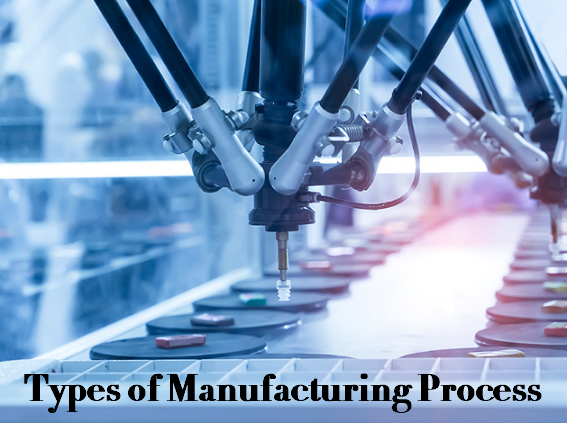
Manufacturing processes are classified into six broad categories: forming, casting, moulding, joining, machining, and additive manufacturing. Each of these groups encompasses a diverse range of fabrication technologies. Let’s take a closer look at each manufacturing process. When it comes to determining the optimal manufacturing process, there are several variables to consider.
1. Forming
Forming is the process of applying forces or pressure to material and plastically deforming it to get the desired shape. It is frequently used with metals. The majority of forming operations may be performed on metals that are either above or below their recrystallization temperature. This is referred to as hot or cold working. Hot-working makes it easier to bend the metal plastically. However, cold working results in strain hardening, which enhances the material’s strength. Forging, rolling, and extrusion is three common forming techniques.
– Forging: the metal is placed between two closed dies. Repeated hammer strokes shape the metal into the dies. Unlike cast components, forging generates excellent mechanical properties. Forging, however, requires fine tolerances and expensive equipment. Junying is a China top company that is capable of making a wide range of custom forged parts based on your specifications
– Rolling: a common forming process. It involves rolling metal between two or more rollers that exert pressure and reduce metal thickness. Rolling may also be used to make complex shapes like I-beams. Rolling improves mechanical properties and can be mechanized, making it a feasible choice for big volume manufacturing. However, tooling costs might be high, and it cannot generate complex shapes.
– Extrusion: a continuous operation that involves heating metal in a chamber and pushing it through a die with a ram. Extrusion is best suited for two-dimensional shapes and has excellent surface quality.
2. Casting
Casting is the process of putting liquid metal into a mold and allowing it to cool. This is referred to as the main shaping process. Typically, a secondary operation such as machining is required to provide the appropriate surface polish. Casting, like forming, is most frequently employed with metals. Die casting, sand casting, and investment casting are the three most common types of casting.
– Die casting: a process in which molten metal is pressed under great pressure into reusable metal dies. The molten metal is removed from the mold once it has hardened. Die casting is primarily used for non-ferrous metals like aluminum and zinc. However, because of high start-up costs, it is only suited for large production runs.
– Sand casting: by using a design, you may make a single-use mold from moist sand. The sand is usually confined in the cope and drag mold boxes. The molten metal is poured into the mold through a sand channel. It may be retrieved from the sand when the metal has hardened. Many metals, even those with high melting temperatures, can be cast in sand. It can create big, complicated parts at minimal startup costs, making it suitable for small batches. It produces a rough surface and is less precise than other casting techniques.
– Investment casting: a sprue holds several wax patterns of the same item. In this case, the wax tree serves as a ceramic mold. The wax is melted with heat. The molten metal is poured into the ceramic mold, which cools and breaks off the casting. Investment casting is ideal for complicated geometries and precise tolerances components. But it is costly and time-demanding.
3. Molding
Molding is a process that is quite similar to casting. It entails using a mold to shape a liquid or flexible substance. Molding is frequently used to shape polymers. Injection molding, compression molding, and blow molding are all common molding methods.
– Injection molding: the most used plastic production process. Polymer granules are fed into the hopper, then pushed under pressure into the mold by a screw. Injection molding is most commonly used for thermoplastics, which soften when heated and solidify when cooled. It is a quick procedure that can be entirely automated, lowering labor expenses. Due to the high start-up expenses of the costly molds, it is only cost-effective for big production runs.
– Compression molding: a specific amount of material is molded. Close the mold and apply pressure and heat. Mostly used for thermosets, which are polymers that harden when heated. Tooling costs are inexpensive, making it excellent for short batches, but it is sluggish and not suitable for complicated designs.
4. Machining
Machining is a material removal technique in which material is removed from the block material item using a tool. It is frequently used for secondary shaping after a primary technique like casting has been employed to produce the part. Machining is a versatile process that may be utilized on a variety of materials, including metals, polymers, and wood. Drilling, turning, milling, and reaming are all examples of machining.
– Drilling is the process of creating a circular hole in a solid object by pushing a spinning drill bit against it.
– Turning is the process of shaping a spinning object using a cutting tool.
– Milling is the process of removing material from a workpiece by advancing a cutter into it.
5. Joining
Joining is the process of assembling numerous independent components into a bigger assembly. Joining, like machining, is a secondary process. Joining methods such as welding, riveting, brazing, soldering, and fastening are all distinct. Welding is a process that employs extremely high heat to weld disparate metal components together. Unlike soldering and brazing, welding causes the base metal to melt.
– Welding is a manufacturing technique that fuses materials, often metals or thermoplastics, together with by melting them together and allowing them to cool.
– Riveting: the technique of attaching structural components to one another with rivets, resulting in a permanently riveted junction.
– Soldering is a joining technique that involves melting solder to connect several types of metals together.
6. Additive manufacturing
Additive Manufacturing is a process that includes layering material to create the desired item. Additive manufacturing processes include 3D printing, selective laser sintering, and vat polymerization.
– 3D printing: an object is successfully constructed layer by layer using a computer. 3D printing is a lengthy procedure with a restricted material selection. As a result, it is more frequently utilized for prototyping than mass manufacturing.
– Selective laser sintering: an additive manufacturing process that utilizes a laser to sinter powdered material by autonomously directing the laser at places in space described by a 3D model, therefore bonding the material together to form a solid structure.
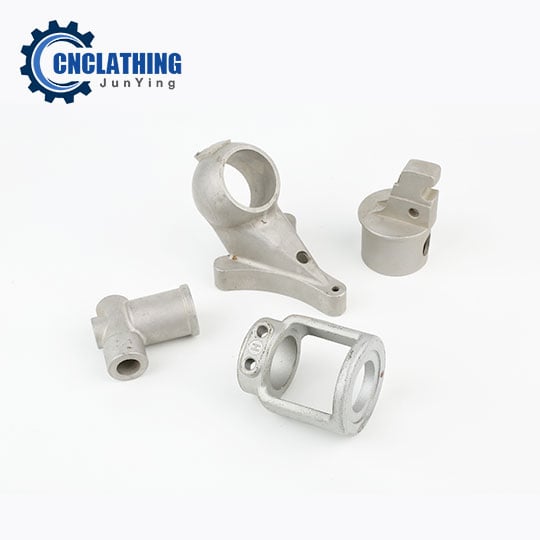 Investment Casting vs. Sand Casting: Progress, Material, Surface Finish, Dimension, Cost Differences
Investment Casting vs. Sand Casting: Progress, Material, Surface Finish, Dimension, Cost Differences
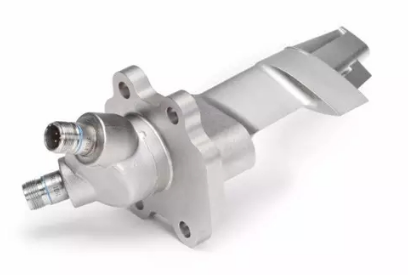 Additive Manufacturing: What Is It, Advantages, How Does Additive Manufacturing Help Aerospace
Additive Manufacturing: What Is It, Advantages, How Does Additive Manufacturing Help Aerospace
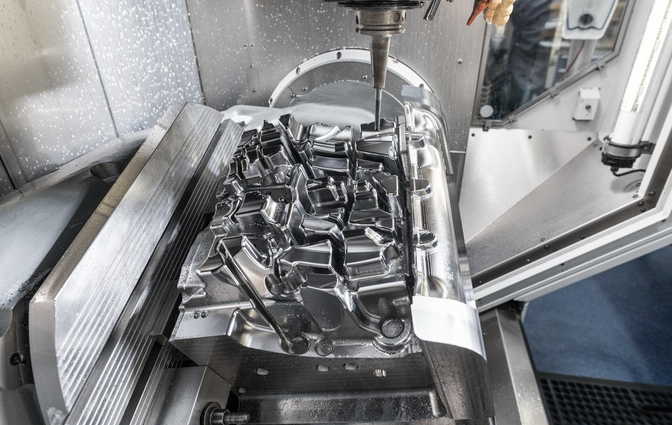 Classification of 8 Common Plastic Molds in CNC Machining
Classification of 8 Common Plastic Molds in CNC Machining
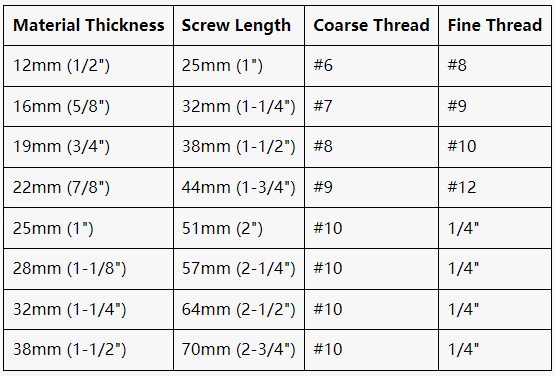 Pocket Hole Screw Size Chart, Length Calculator, Types & Selection | Pocket Hole Screw Guide
Pocket Hole Screw Size Chart, Length Calculator, Types & Selection | Pocket Hole Screw Guide
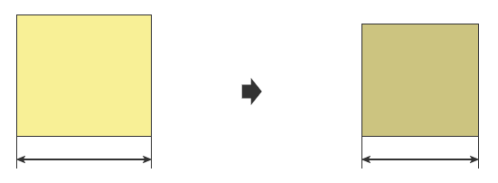 Mold Shrinkage Chart, Formula, Calculation, Plastic Shrinkage Rate | Injection Molding Shrinkage
Mold Shrinkage Chart, Formula, Calculation, Plastic Shrinkage Rate | Injection Molding Shrinkage
 Spring Material Types (Properties, Grades, Uses) & Best Selection for Your Project
Spring Material Types (Properties, Grades, Uses) & Best Selection for Your Project
